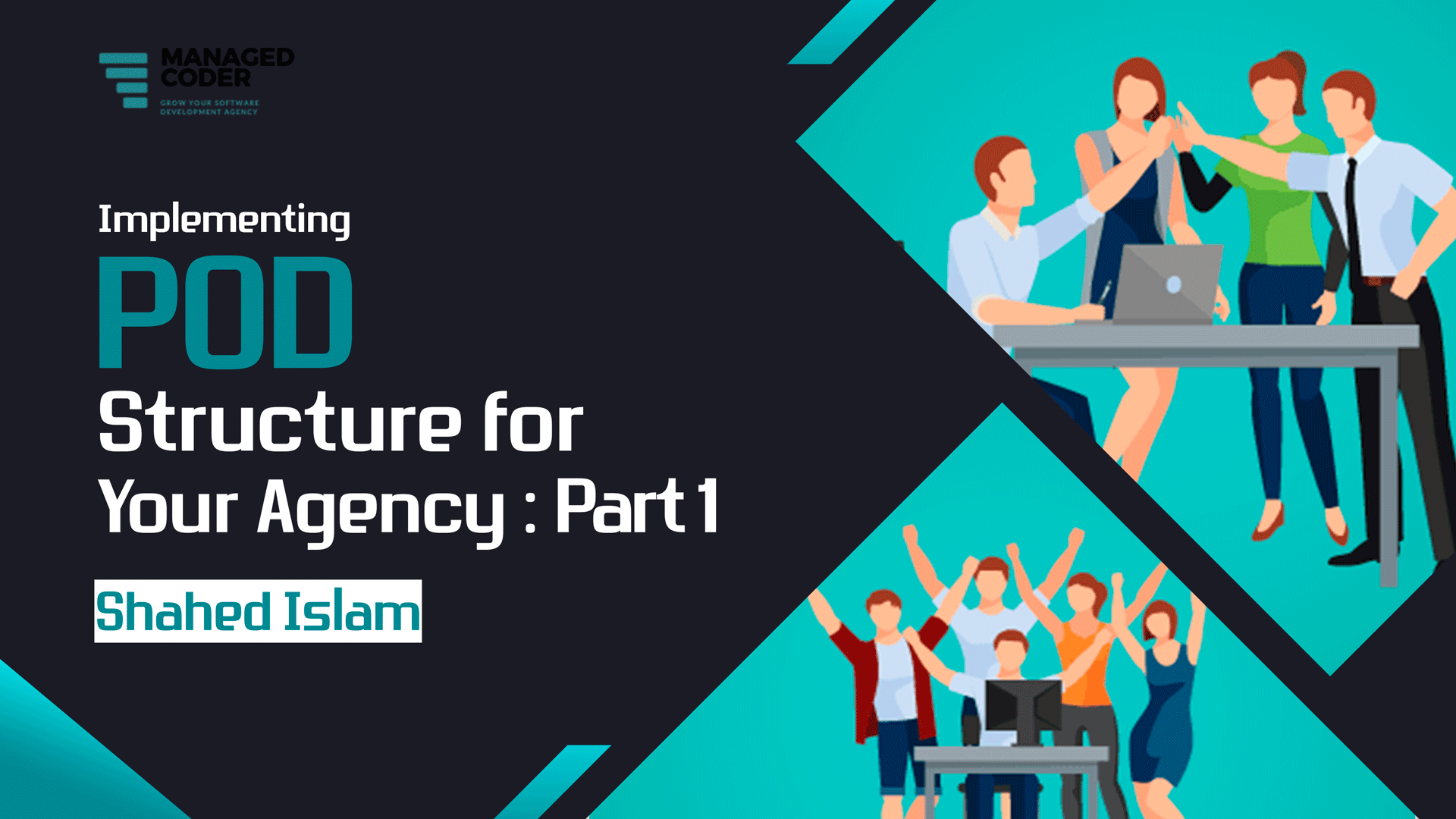
Organizing an agency is a challenge all on its independent of normal operations. Without good leadership, employees cannot do good work. As self-evident as this fact is, finding the right means of structuring a web development agency’s leadership apparatus can be more challenging than expected.
Sometimes, it may be necessary to take a new or unconventional approach to leadership in order to achieve the best results. One such style of leading is known as the Pod Structure. If this is your first time learning of this idea, read on to find out what it means to implement pods into your workplace and how you can do it.
What is the Pod Structure?
Pod Structure refers to organizing different departments or teams into their own “pods” of workers. It is technique used by numerous major corporations from AT&T to P&G to Xerox and even Amazon. These pods can operate largely independent of each other and possess a degree of independence from supervisors. This can be done on both a big and small level, large companies organizing different branches into what are essentially their own autonomous businesses while the teams inside those branches operate as separate entities from one another.
What are the Benefits of Pods?
One of the defining features of pods is, as mentioned, their ability to work independently. Allowing these individual teams to make their own decisions without unnecessary bureaucracy getting in the way allows for faster delivery and, quite often, better results. This also avoids the issue of a single mistake or change in one department forcing everything to a halt as others wait for that team to catch up.
The structure of pods also carries with it several benefits. First and foremost, pods are easily scalable and flexible, allowing team members to be added or removed as necessary without compromising the core of each. Allowing these different pods to handle collaboration between each other without higher management to facilitate is also helpful, as it means the people with the most knowledge of what they do are the ones to do the dealing and organize the work.
When to Use Pods?
Pods can be implemented in organizations of virtually any size. As an agency grows bigger, organization techniques like this become more necessary to best manage people and keep work on schedule. That said, a business should seriously consider the Pod Structure once they reach at least 30 employees. Having management try to direct this many people personally can be a hassle, and 30 or more allows for plenty of room to organize different pods.
How to Implement Pod Structure?
While pods are most easy to implement at the outset of a business, they can become a part of a business at any stage just as easily. This transition can be either quick or gradual depending upon what a particular agency is comfortable with.
In order to successfully implement Pod Structure at any stage, however, a few things must be done. First and foremost, employees must be notified of this restructuring. Springing such a large change on employees with no notice is bad for morale and will only cause problems when it comes time to organize people into pods. After that, your responsibility as a manager will be to organize the best people into the right positions. This means finding employees that can self-motivate well and act as managers of their own pods, as lacking any sort of structure once pods are established can cause major failures.
Using this introduction to Pod Structure, you can build a better and more effective workplace for yourself and your employees. We’ll cover more about pods in a follow up to this piece coming soon.
